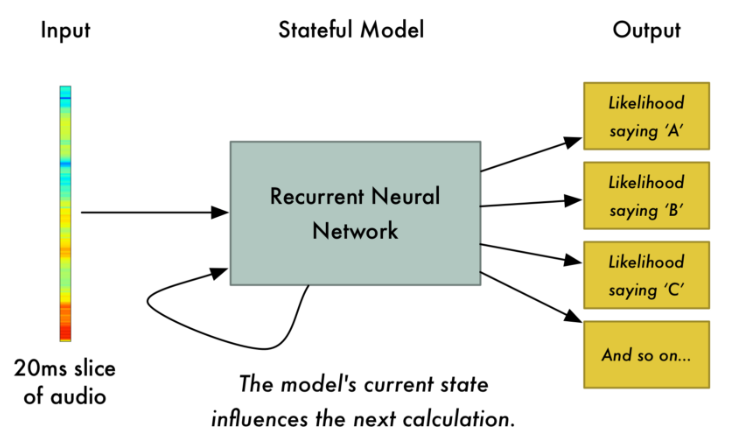Neural network modeling: Difference between revisions
Mr. MacKenty (talk | contribs) |
Mr. MacKenty (talk | contribs) |
||
| Line 15: | Line 15: | ||
=== Optical character recognition === | === Optical character recognition === | ||
Optical character recognition...is the mechanical or electronic conversion of images of typed, handwritten or printed text into machine-encoded text.<ref>https://en.wikipedia.org/wiki/Optical_character_recognition</ref> '''Please note: none of the resources I could find are excellent. But taken together as a whole, they should help improve your understanding of how neural networks work with OCR'''. | Optical character recognition...is the mechanical or electronic conversion of images of typed, handwritten or printed text into machine-encoded text.<ref>https://en.wikipedia.org/wiki/Optical_character_recognition</ref>. | ||
'''Please note: none of the resources I could find are excellent. But taken together as a whole, they should help improve your understanding of how neural networks work with OCR'''. | |||
* [[:media:Optical Character Recognition using Artificial Ne.pdf|This file is a pdf of a presentation on neural networks and OCR]] | * [[:media:Optical Character Recognition using Artificial Ne.pdf|This file is a pdf of a presentation on neural networks and OCR]] | ||
Revision as of 19:34, 7 February 2019

Introduction[edit]
Examples include:
Speech recognition[edit]
Speech recognition is the inter-disciplinary sub-field of computational linguistics that develops methodologies and technologies that enables the recognition and translation of spoken language into text by computers.[2]
- One of the very best articles I have ever seen on speech recognition and neural networks.
- Click here for a REALLY bad video trying to describe this.
- Click here for a more advanced video on this
Optical character recognition[edit]
Optical character recognition...is the mechanical or electronic conversion of images of typed, handwritten or printed text into machine-encoded text.[3].
Please note: none of the resources I could find are excellent. But taken together as a whole, they should help improve your understanding of how neural networks work with OCR.
Natural language processing[edit]
Natural language processing (NLP) is a subfield of computer science, information engineering, and artificial intelligence concerned with the interactions between computers and human (natural) languages, in particular how to program computers to process and analyze large amounts of natural language data.[4]
Standards[edit]
- Compare applications that use neural network modelling.
